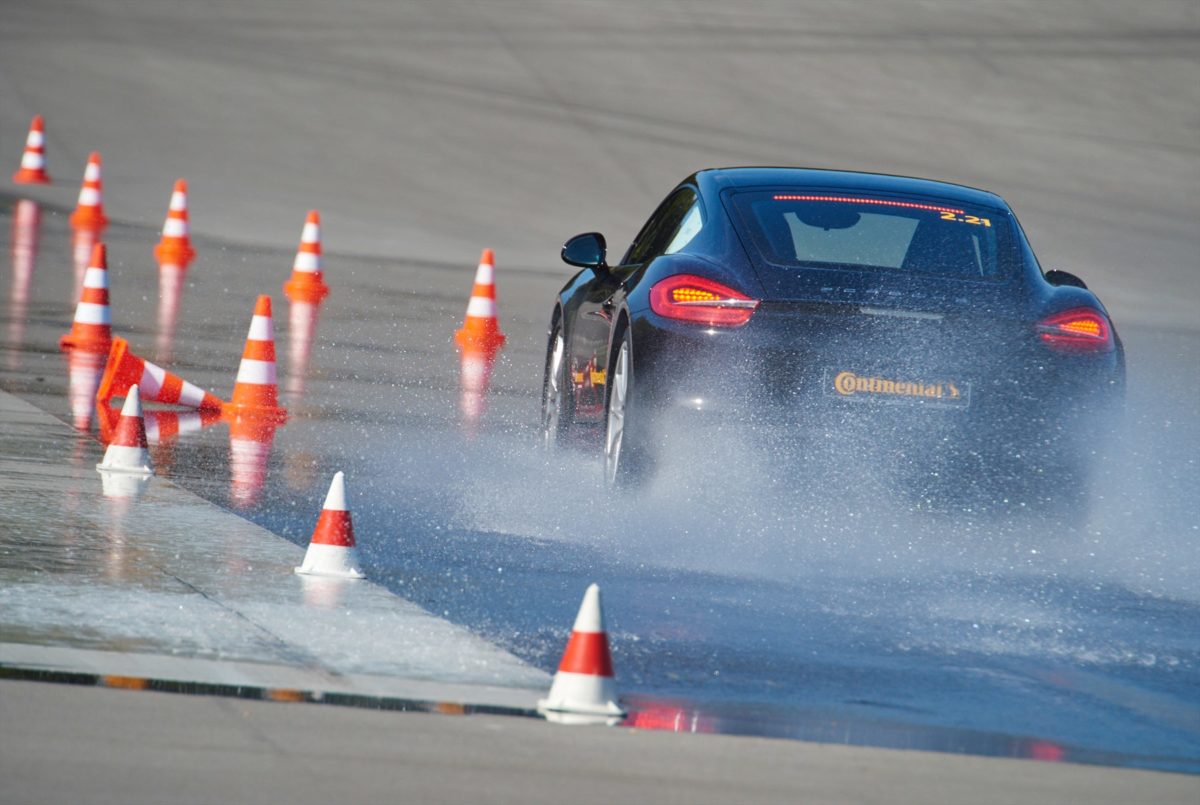Your tyres could help increase your summer driving safety
Tyre experts at Continental recommend replacing your tyres when they get below three millimetres of tread
Regular tyre checks are vital. Your tyres are what keep your vehicle in touch with the road. It’s the tyres that enable many systems – including ABS, electronic stability programme (ESP) and emergency brake assist (EBA) – to deliver their full potential. Fully functional tyres are decisive when it comes to ensuring the safest possible driving, and especially for regions that experience heavy summer rainfall and sudden downpours.
Have your tyres got enough tread left on them?

One key factor is tread depth. The legal lower limit in South Africa is 1 mm. But tyre experts at Continental recommend replacing your tyres when they get below three millimetres of tread. Seriously worn tyres can turn into a major risk factor, particularly in wet weather as the grooves in the tyre aren’t able to effectively disperse water, thereby significantly increasing the risk of aquaplaning, and contributing to much longer stopping distances. Additionally, after a long dry period, things can get hazardous when the rain mixes with dust, pollen and debris to form a slippery film on the wet asphalt.
Low tyre pressures can extend the braking distance on wet roads − as well as affect the precision of steering
Tests conducted by Continental on its Contidrom track near Hanover, Germany, have shown that the braking distance from 100 km/h is around 12 metres longer in the wet compared to dry conditions. At the point where a car comes to a standstill on a dry road, in the wet that same car is still travelling at 50 km/h despite the driver firmly applying the brakes. This was the outcome of tests with new Continental PremiumContact 6 tyres in size 22 fitted to a VW Golf 7.
Are your tyres correctly inflated?
Low tyre pressures can also extend the braking distance on wet roads − as well as affecting the precision of the steering, as well as the durability of the tyre with excessive heat build-up on underinflated tyres contributing to premature tyre failure.

Tests conducted by Continental showed that running tyres at just 0.4 bar below the recommended pressure can reduce the mileage, or the service life, of a tyre by one third. Before setting off on a long trip, you will also need to adapt the tyre pressures to the extra weight on board – and the higher load on the rear axle if you are towing a trailer or caravan. Checking the tyres (when cold) on whatever you are towing is also necessary, to ensure stable performance at all times.
Remember to make sure that the spare or emergency wheel tyre is correctly inflated. You will find the correct tyre pressures in the owner’s manual, or on a sticker on the driver’s door pillar.

